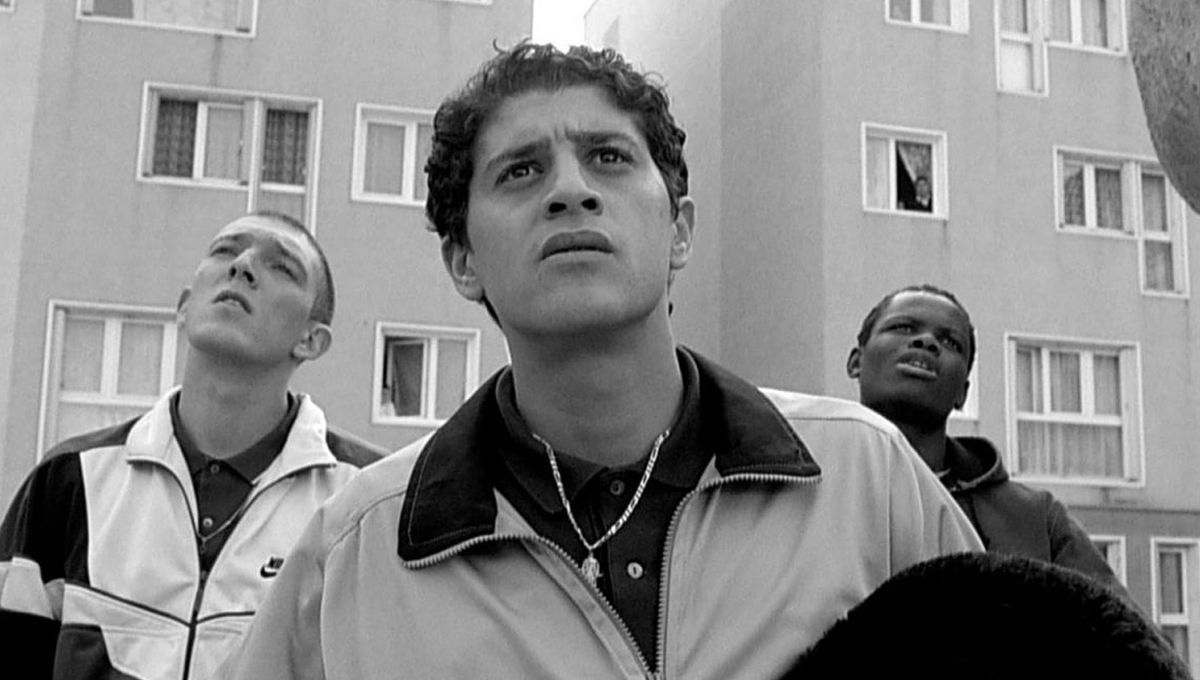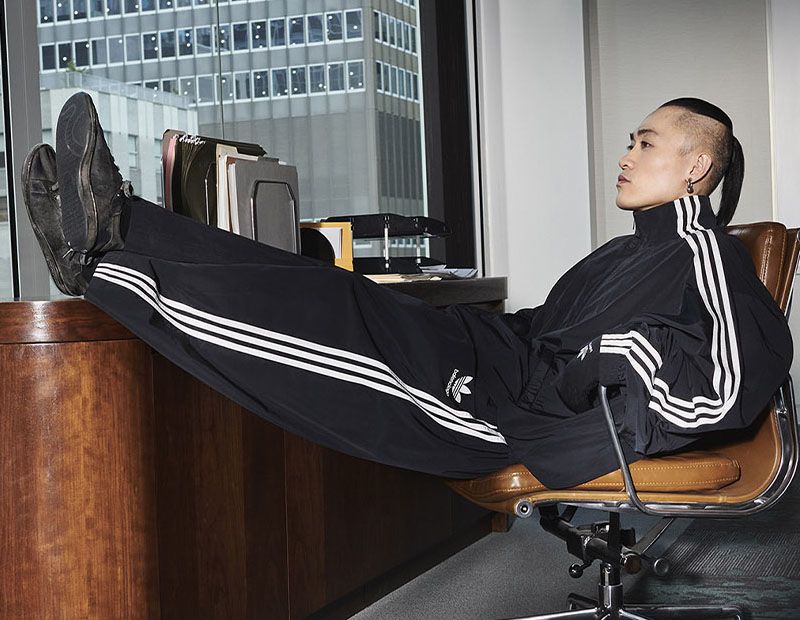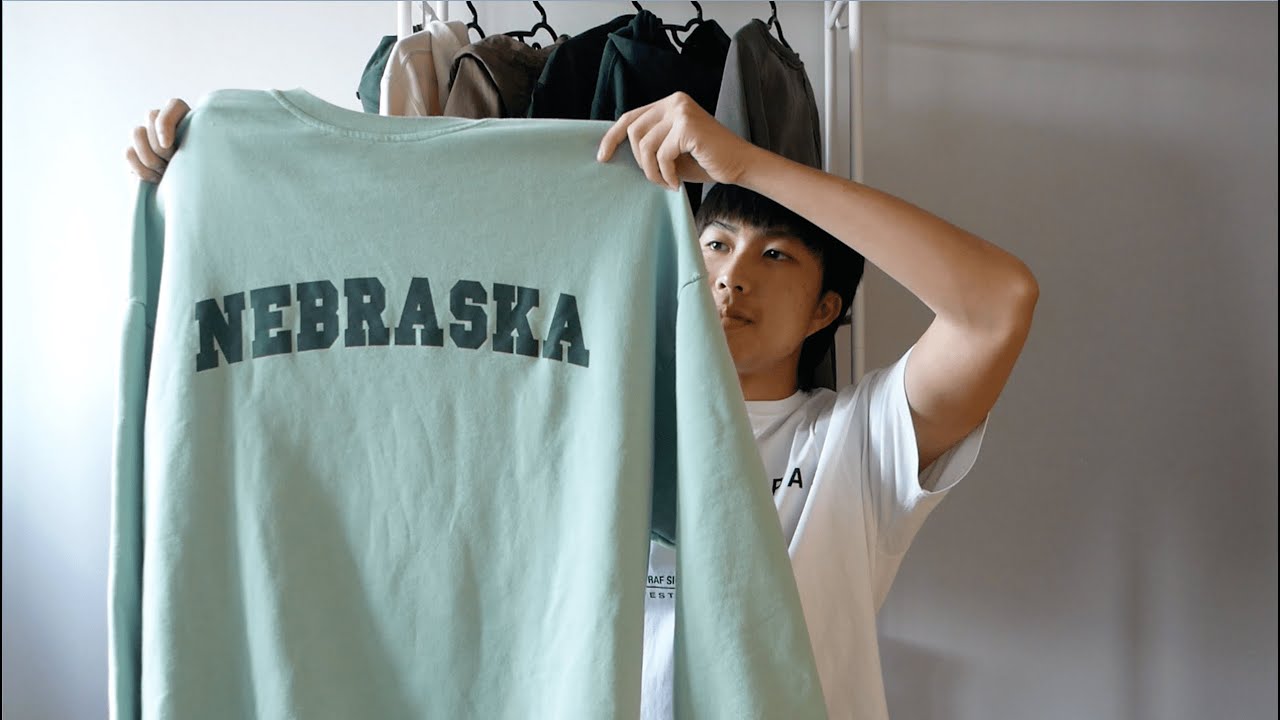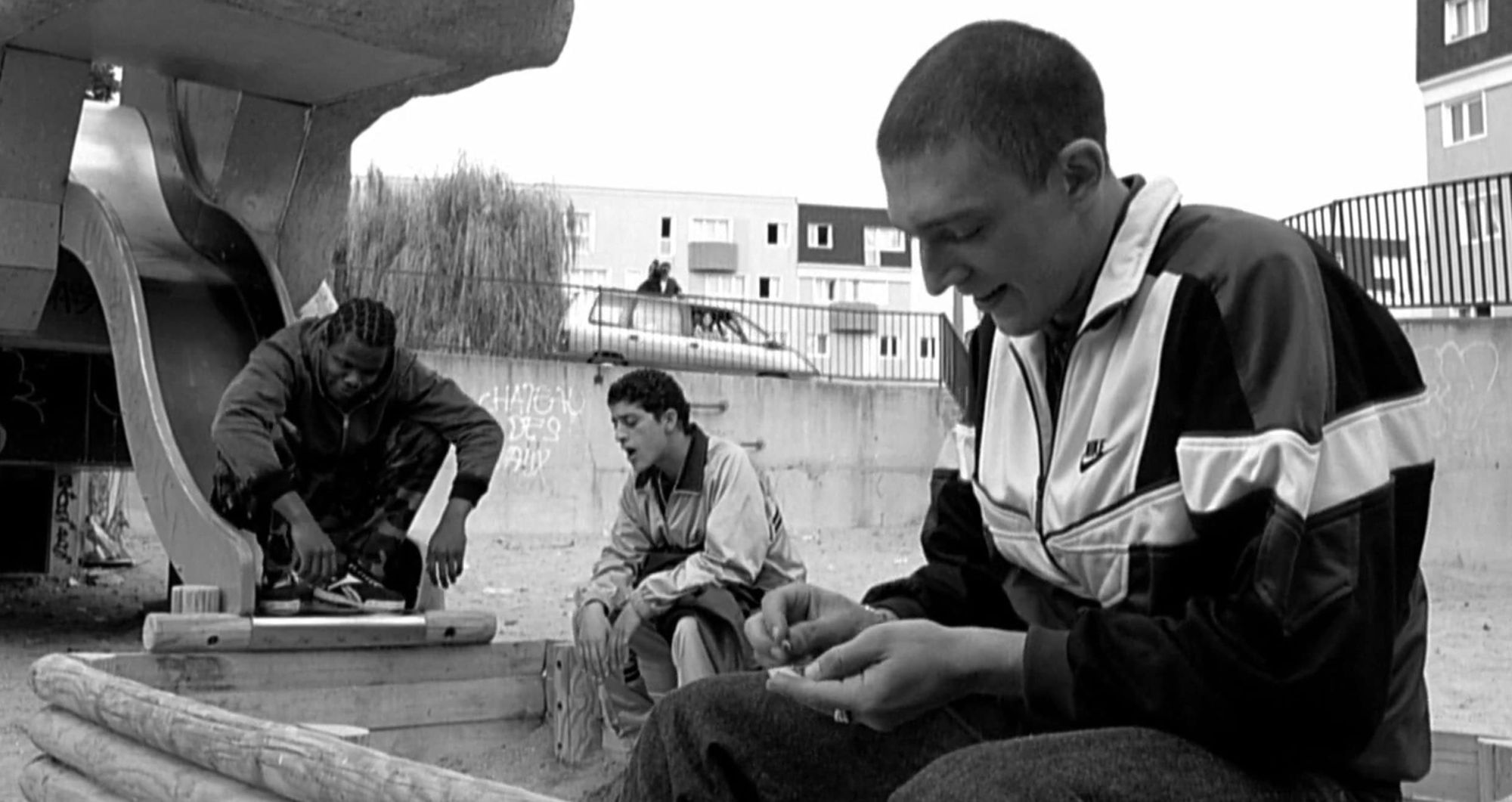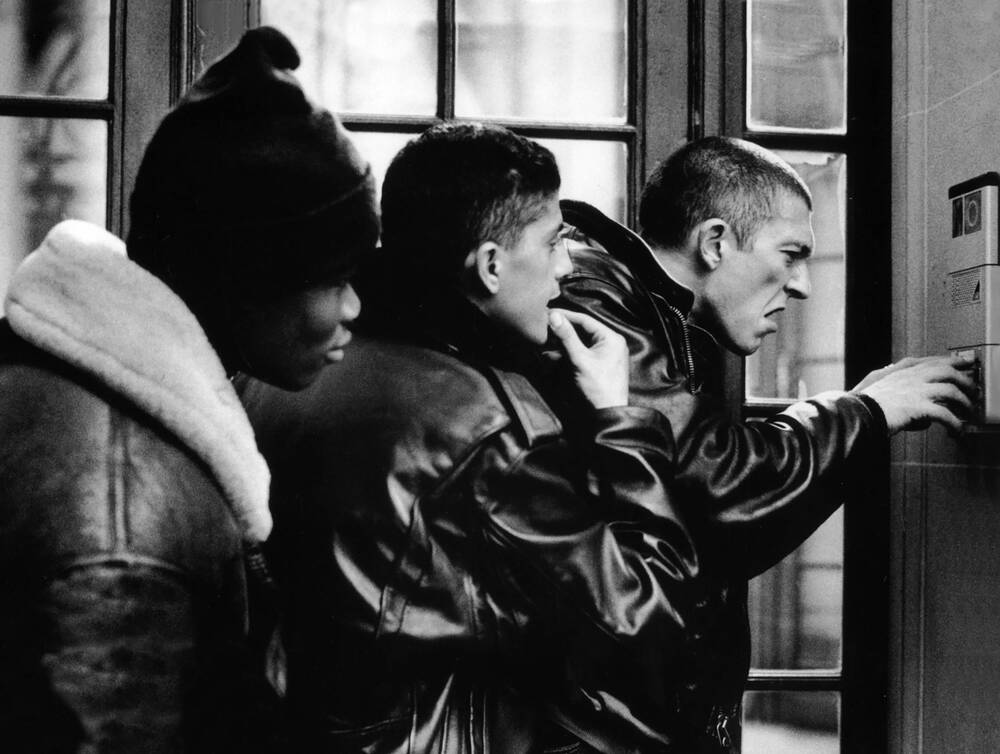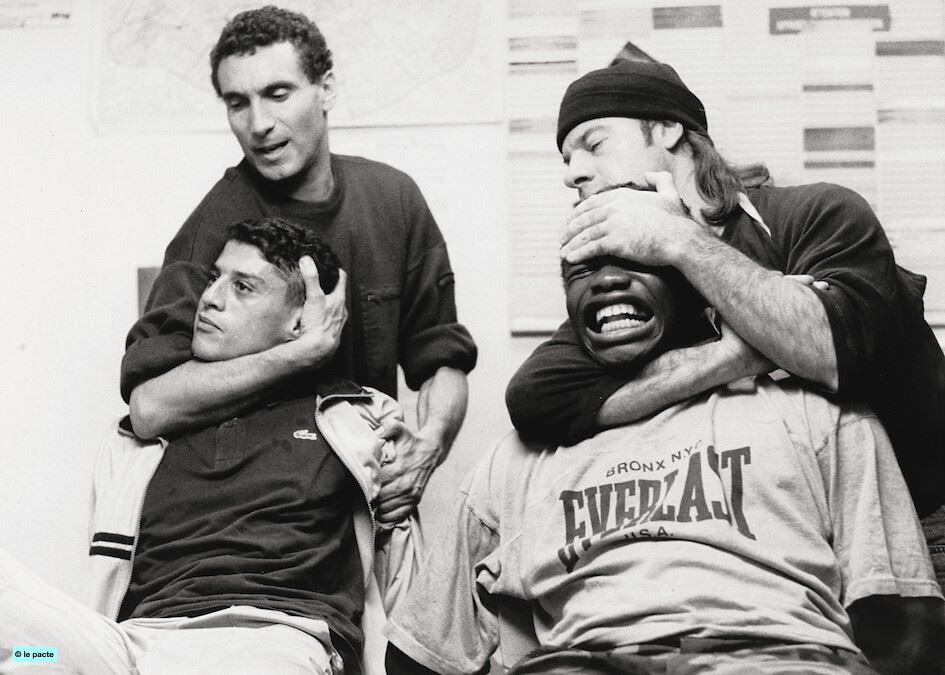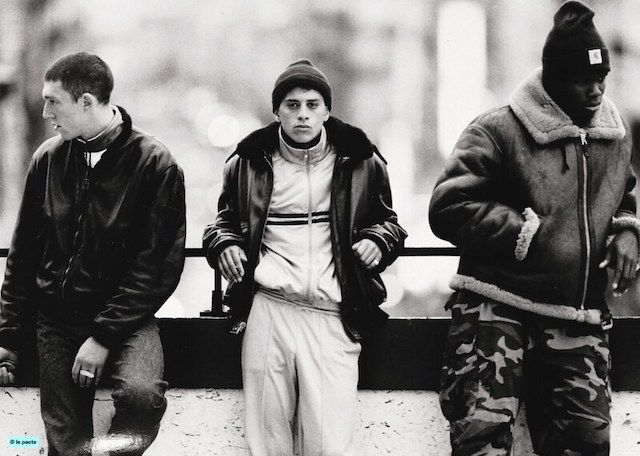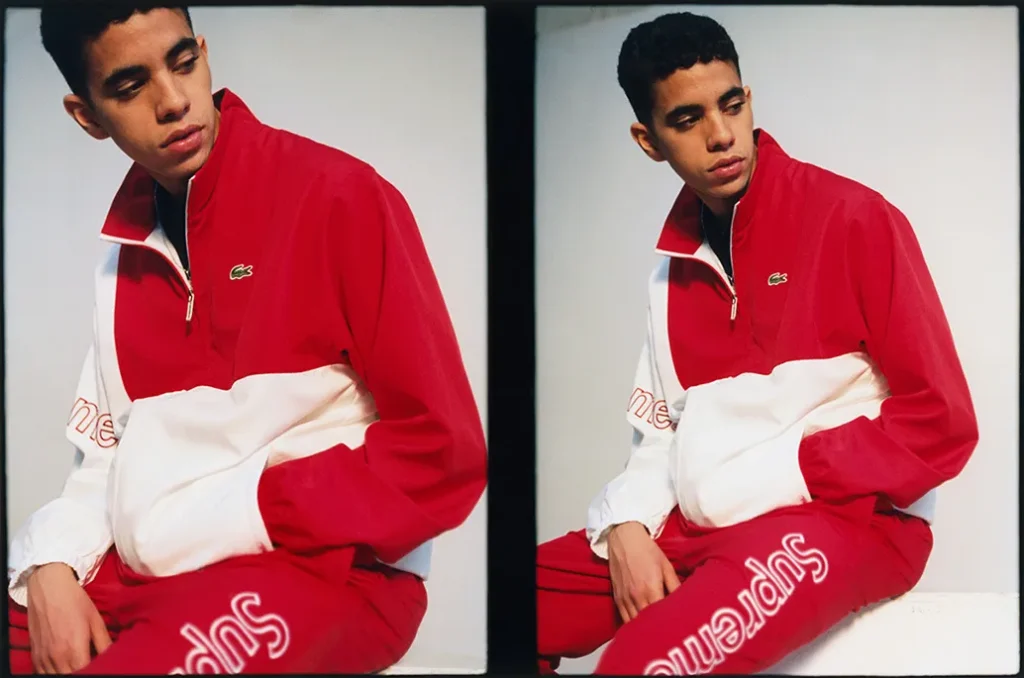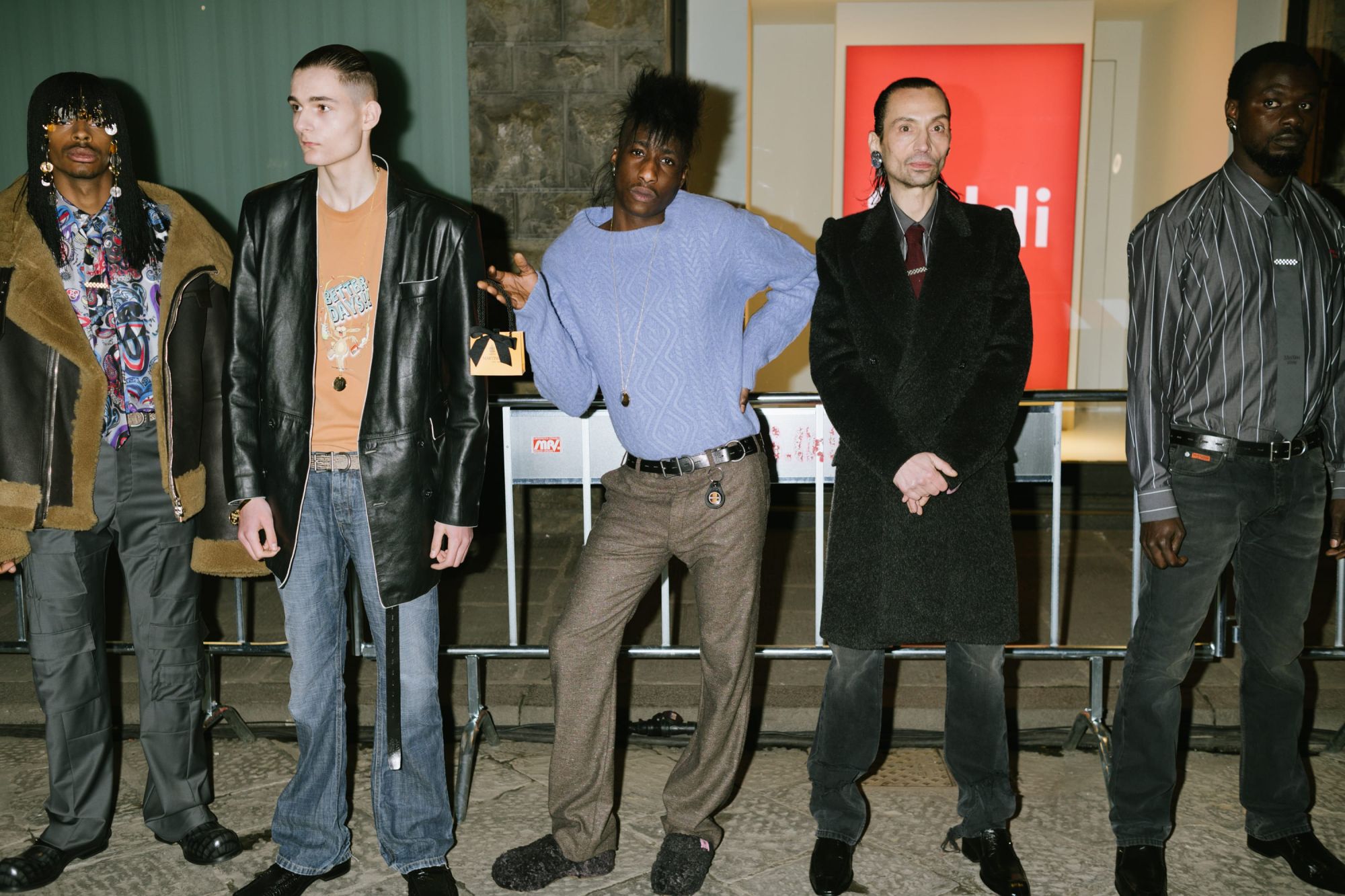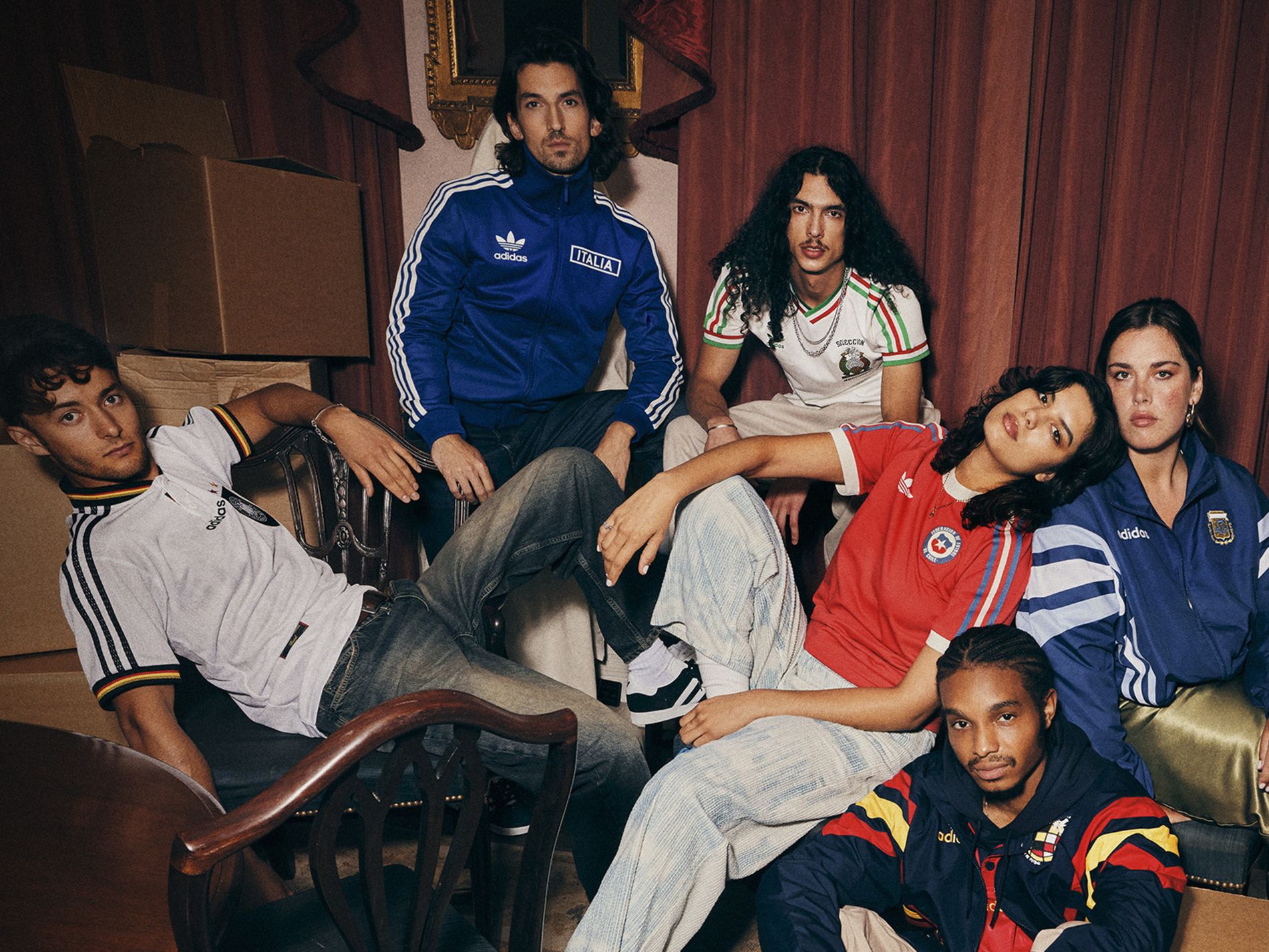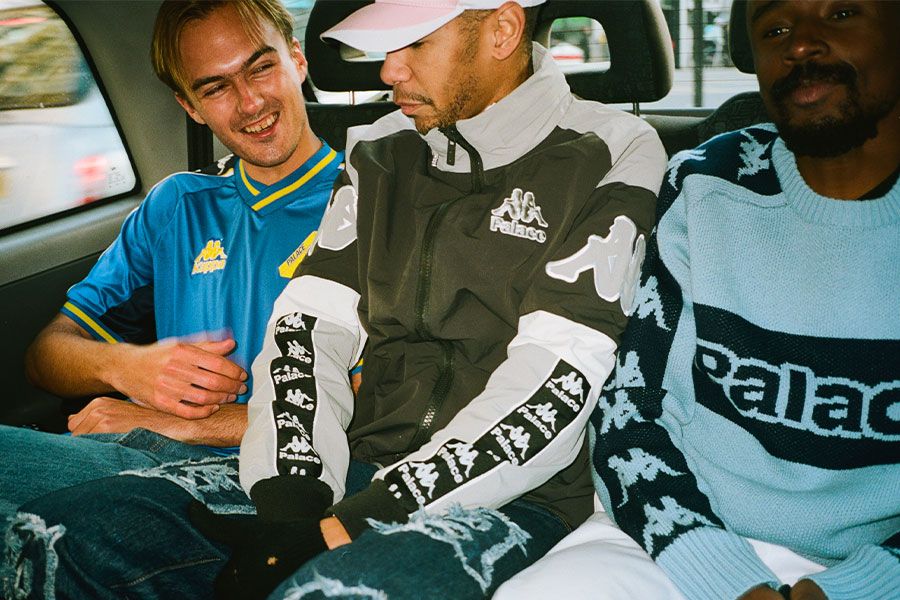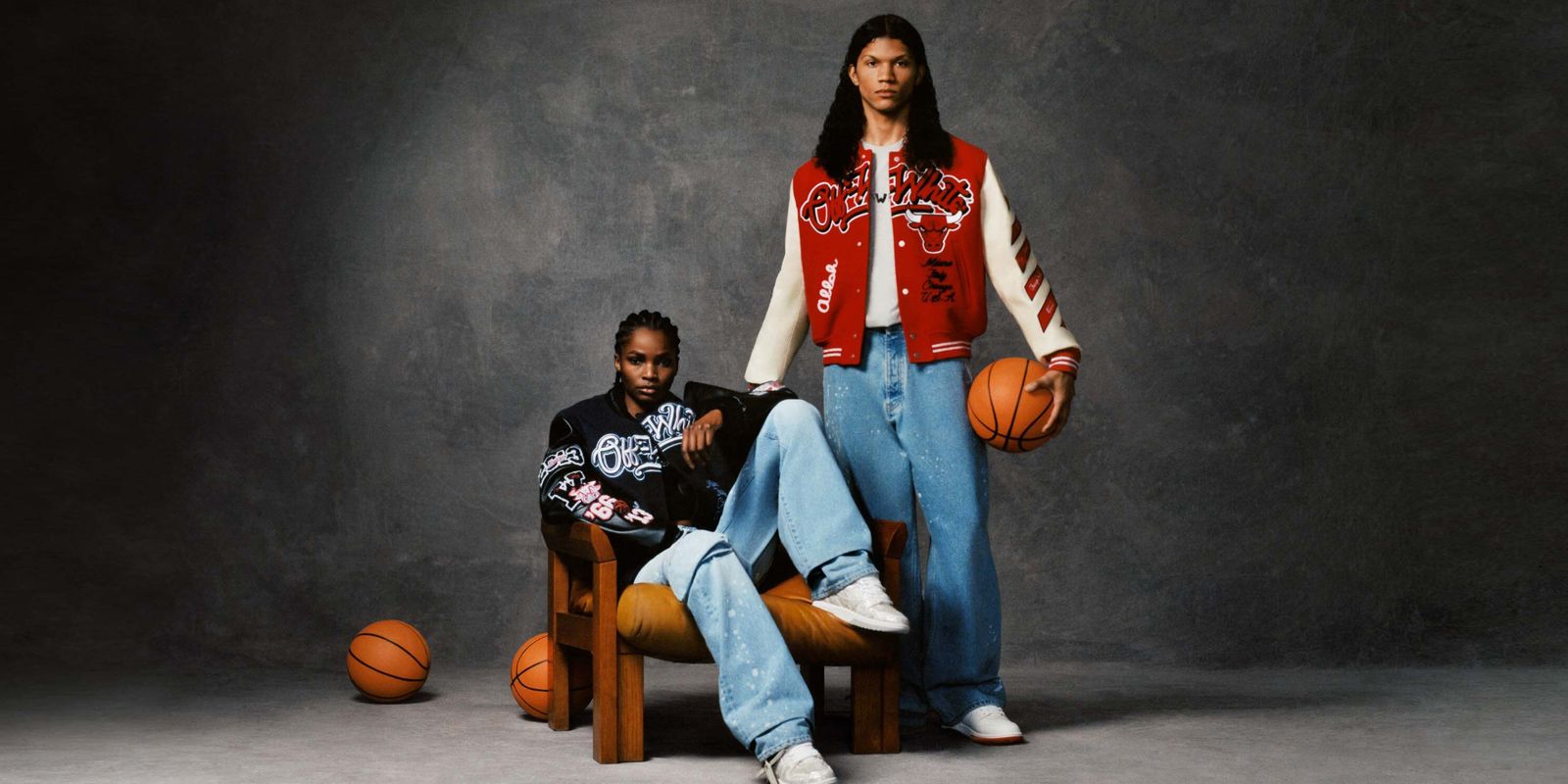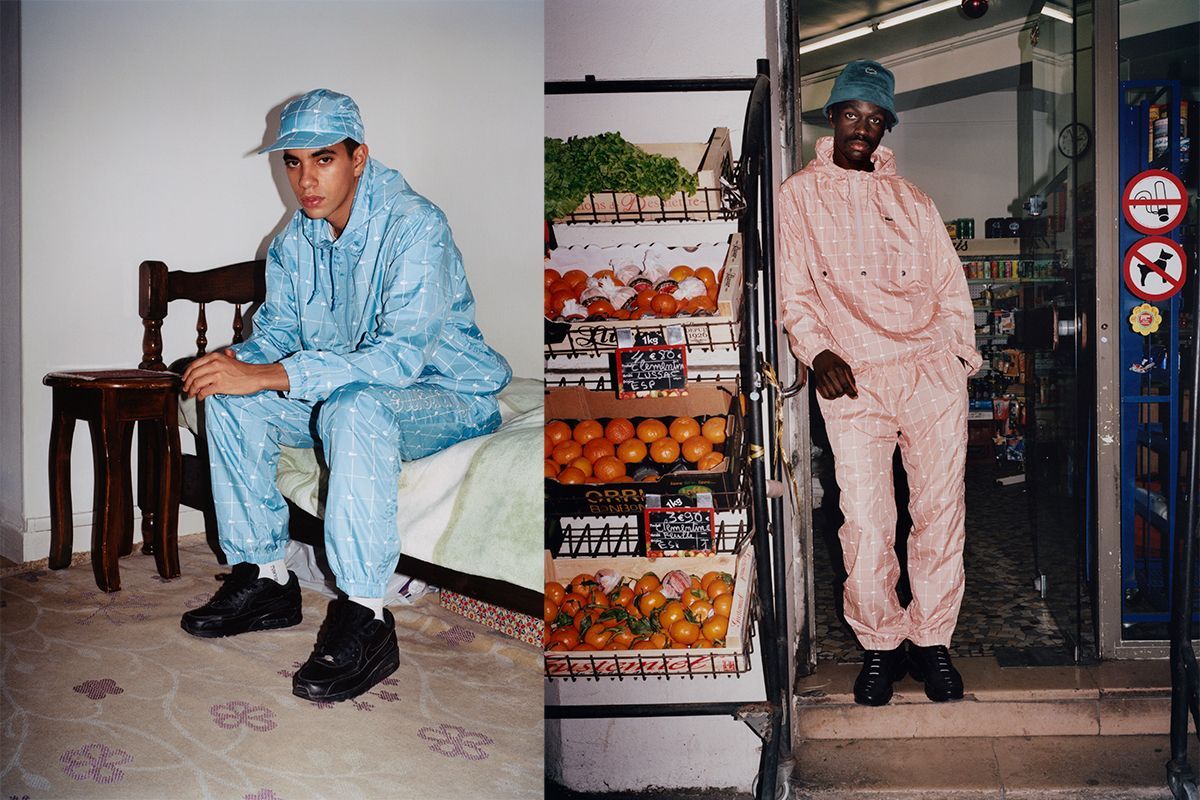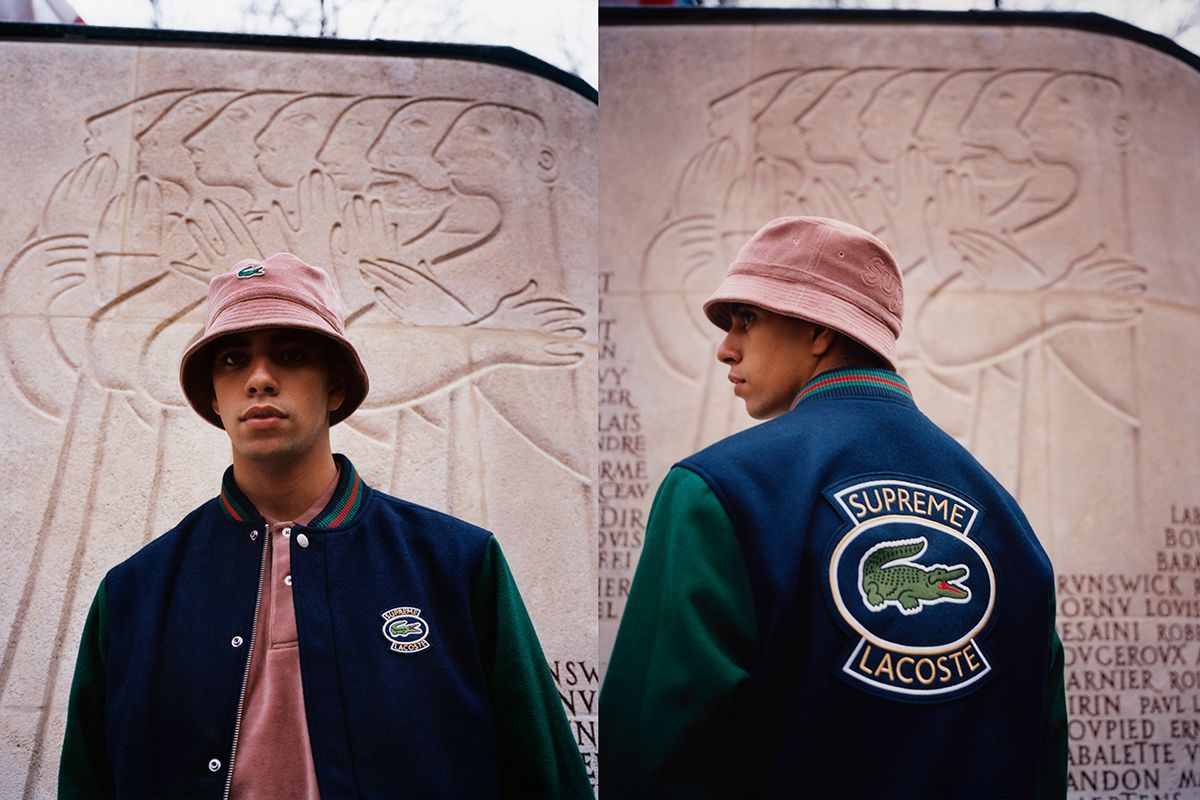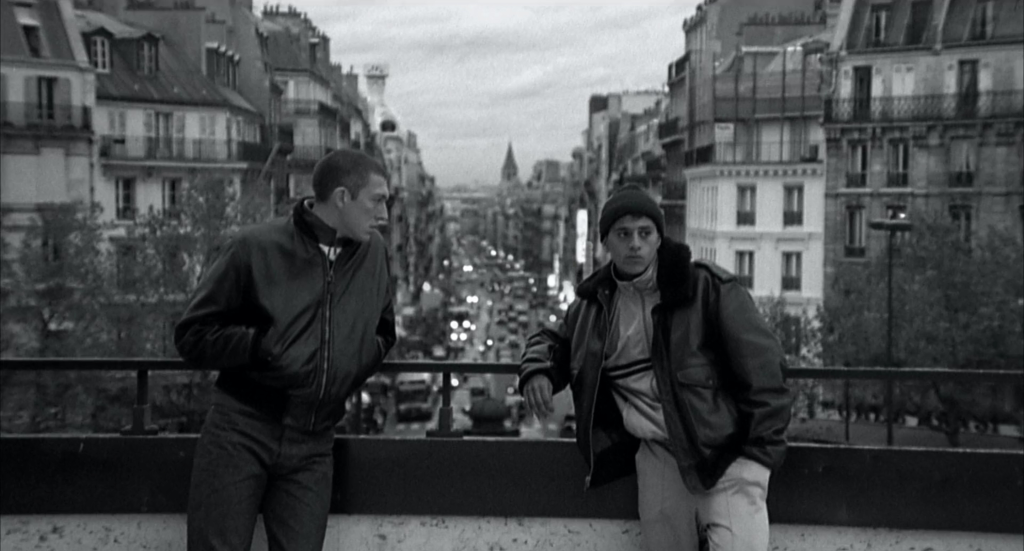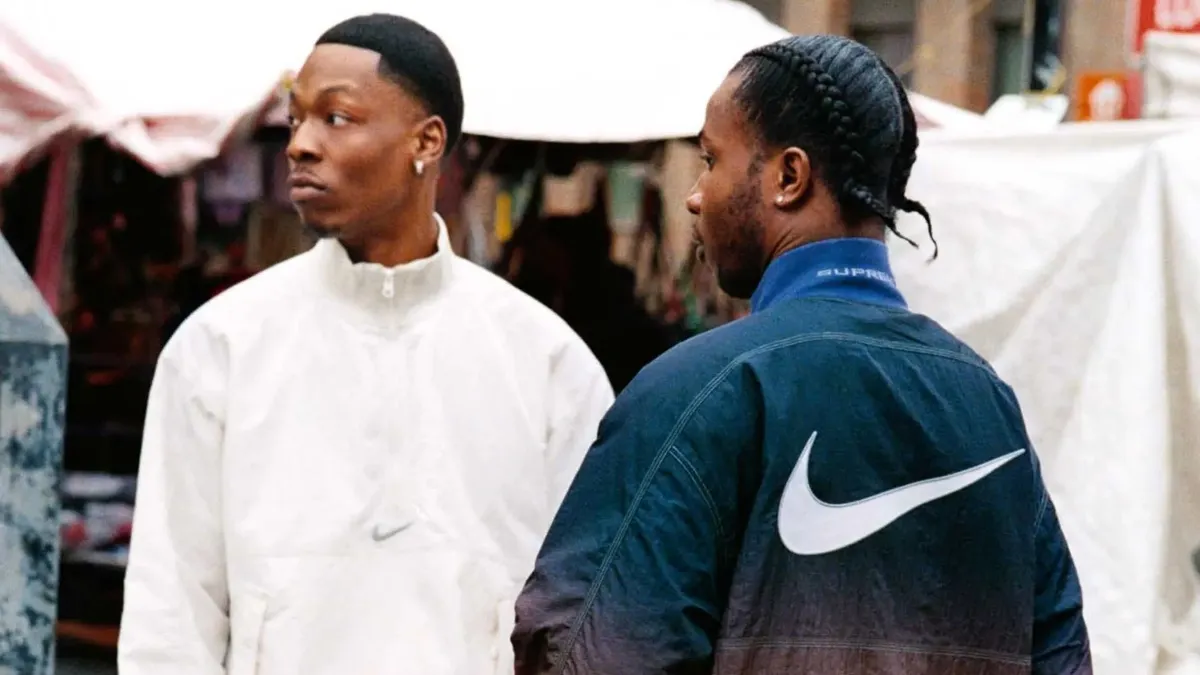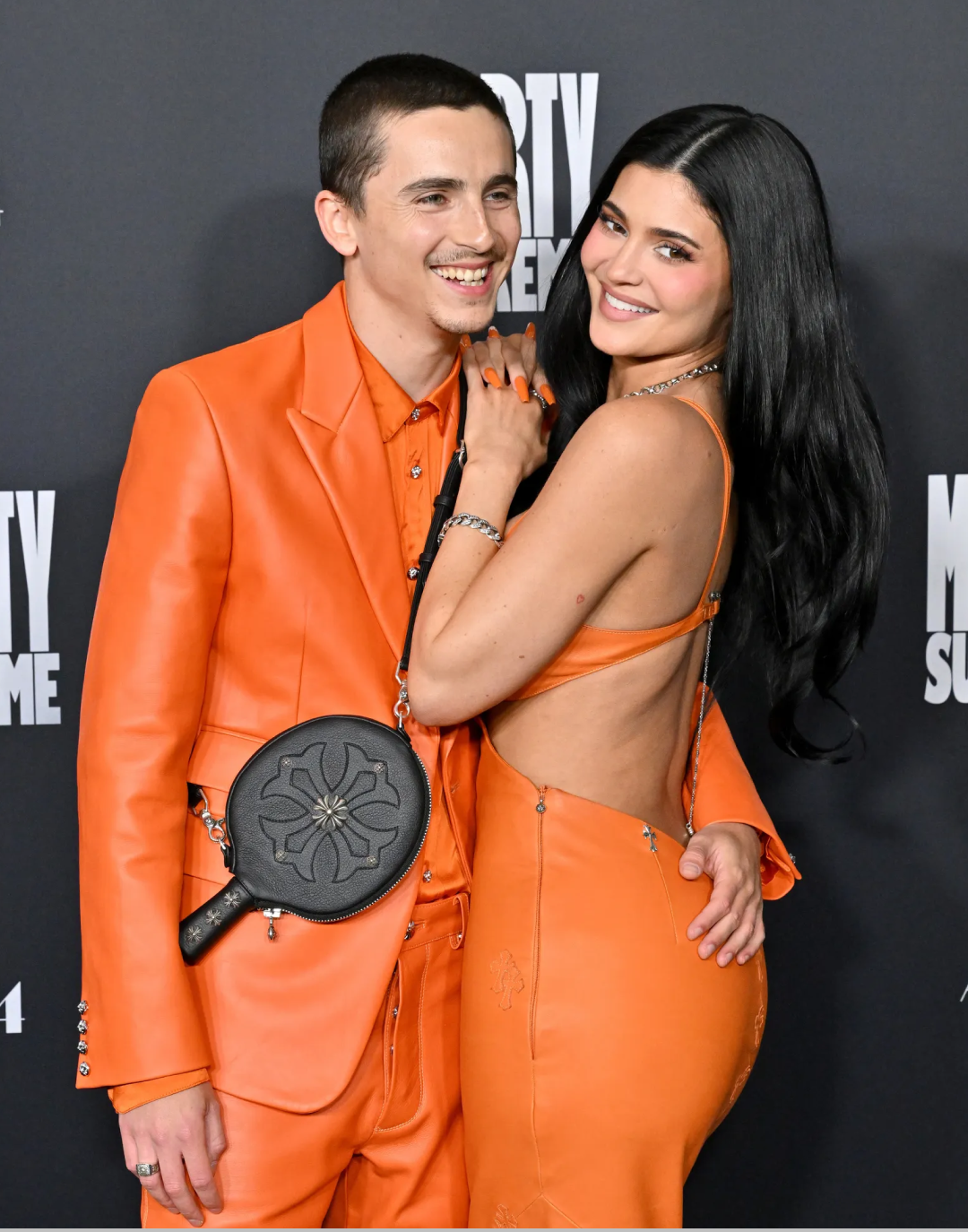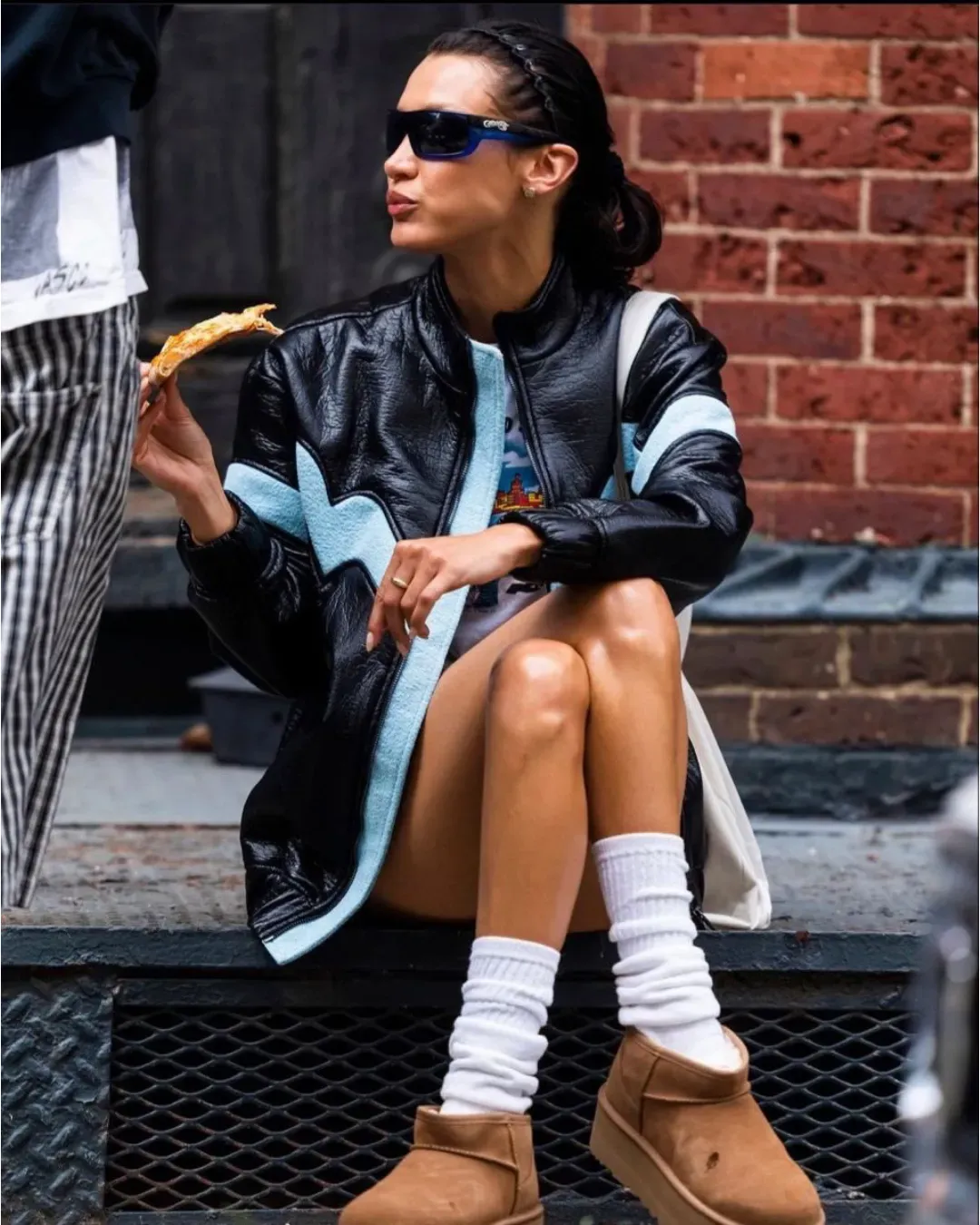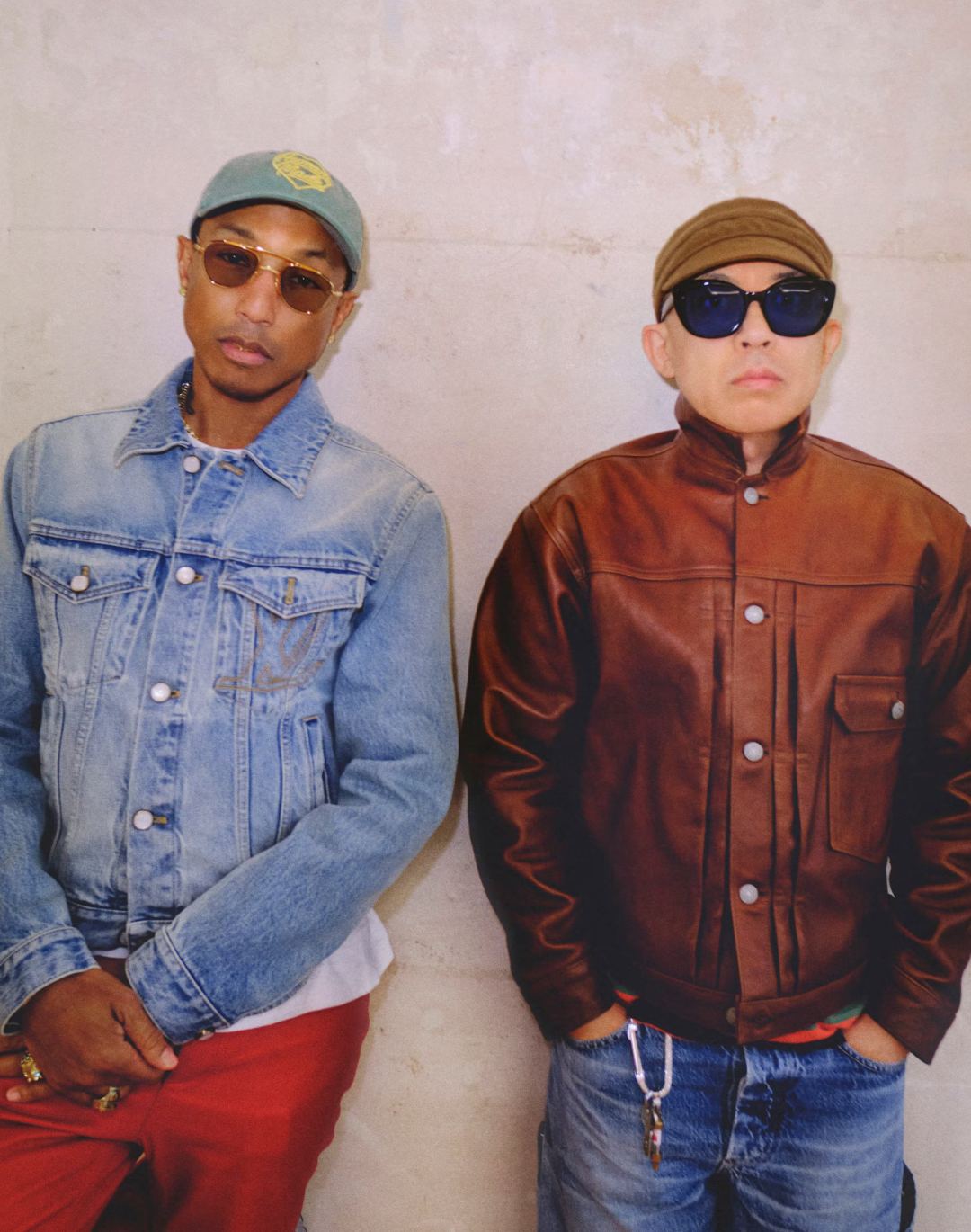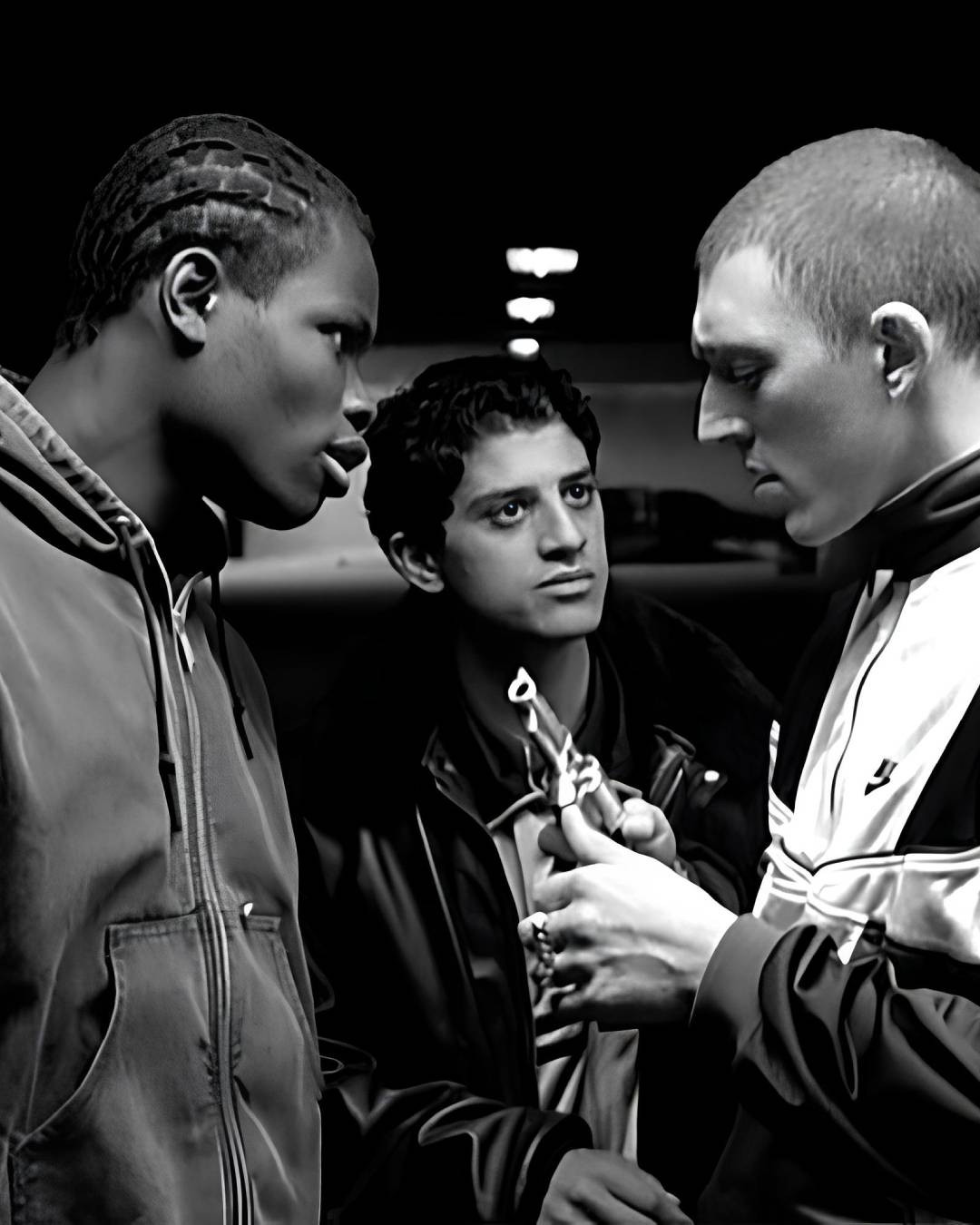
How “La Haine” chronicled the birth of streetwear Carhartt, Fila and the story of a man falling from a fifty-storey building
Everyone who was a teenager in the 1990s shares the vivid memory of the first seconds of La Haine. «It's the story of a man falling from a fifty-story building. As he falls, he keeps repeating to reassure himself: 'So far so good, so far so good, so far so good» says the voiceover by Hubert in the cult film by Mathieu Kassovitz that defined the imagination of an entire generation by naming the narrative of the suburbs as we know it today. The Parisian suburbs that grew up dreaming of America, the narrative of police violence, and the conflicting influences of second-generation youth: almost twenty years later, La Haine continues to describe the suburbs with a relevance and vivacity that are disturbing. Awarded at Cannes in 1995, the feature film is revived today in Italian cinemas, remastered in 4K, thanks to a collaboration between Minerva Pictures and Rarovideo Channel, with support from Cat People. In France, the film itself is undergoing a transformation, adapted by Mathieu Kassovitz into a musical. This new version, titled "La Haine - So Far Nothing Has Changed", offers a fresh look at the suburbs, highlighting, however, that they remain caught in an endless cycle of violence and neglect. The news of the death of Naël M., a 17-year-old youth killed by the police during a check in Nanterre, appeared in the newspapers shortly after the announcement of the adaptation. "La Haine" continues to be a beacon, illuminating often ignored realities and now, more than ever, prompting a deep reflection on our society. Yet another aspect of the film remains extremely current despite the passage of time: fashion.
At the narrative peak of the film, we find Vinz, Saïd, and Hubert on a balcony with a breathtaking view of Paris: Vinz wears a MA-1 pilot jacket, Saïd opts for a leather jacket over his sportswear, while Hubert wears military trousers and a sheepskin jacket, complemented by a Carhartt cap. The clothes are an integral part of their characterization: Vinz – repressed, emotionally powerless – is wrapped in his Nike outfit as in a protective shell; Hubert, on the other hand, wears Carhartt and Everlast clothing revealing his anger and ferocity. The tracksuits by Everlast, Sergio Tacchini, and Fila blend with the characteristic American workwear like Carhartt and Dickies, while sheepskin jackets and old coats, probably handed down from father to son, break the coherence of the ensembles. Distinct worlds coexist in looks that not only faithfully represented the attire of street youths but also inspired designers to define contemporary men's fashion. The tracksuits worn under the coats, almost a kind of uniform, truly prefigured the anti-luxury concept. The deliberately neglected, casual style would be at the heart of the streetwear revolution a decade later, under the impetus of Gosha Rubchinskiy and Demna Gvasalia. Adam Wrey on ssense also recalls the jacket in the colors of the University of Notre Dame worn by a policeman in the film, perfectly representative of the fascination that American college culture would exert on an entire generation. Notre Dame, an American Catholic university founded by a French priest in the 19th century, has produced clothing that would later bounce back to Europe as a symbol of American youth. In 2002, Raf Simons presented the "Virginia Creeper" collection, crystallizing the trend in the mainstream with the 'Nebraska' sweatshirt, inspired by college imagery.
The characters of the film, with their tracksuits, caps, and sneakers, embody a style that has solidified as a pillar of modern streetwear. The aesthetic, initially adopted out of necessity and comfort in a challenging urban context, has become an expression of resilience and identity. The film's fashion style, far more than a mere trend, has become a means of expression for young generations navigating between tradition and modernity in urban contexts around the world. Twenty years after its theatrical release, La Haine returns to cinemas to narrate social inequalities to new generations, but it also reminds us that fashion draws from the street just as counter-culture arises from exclusion.










































